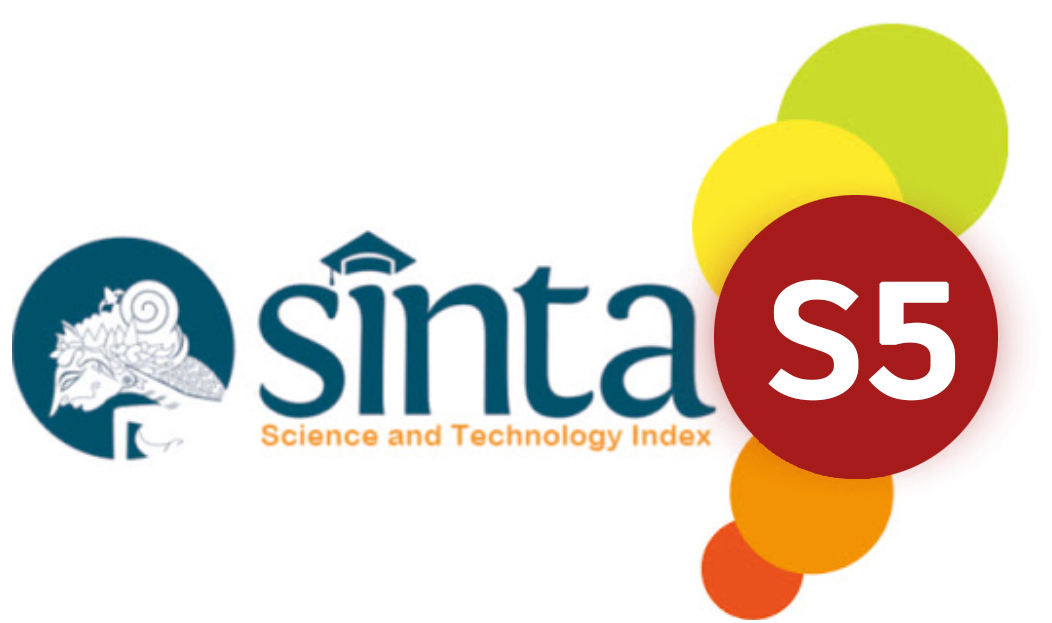Keefektifan model pembelajaran two stay two stray terhadap self-confidence dan prestasi belajar matematika
Abstract
The purpose of this study is to describe: (1) Two Stay Two Stray learning model is more effective than conventional learning models of students' self-confidence. (2) the Two Stay Two Stray learning model is more effective than the conventional learning models of students' learning achievement. (3) there are differences in self-confidence and mathematics learning achievement between students taught using the Two Stay Two Stray learning model and those taught using conventional learning models. (4) Two Stay Two Stray learning models are more effective than conventional learning models of students' self-confidence and mathematics learning achievement. Data collection techniques carried out in the experimental class, namely class VII C and class VII E using tests, and questionnaires. The learning achievement test instrument consists of 25 multiple choice questions, the questionnaire instrument consists of 25 statement items. The test instruments and questionnaires were first tested in the pilot class, class VII A to determine the validity and reliability. Data analysis techniques used with a significance level of 5% are the right hand one-tailed t test, the Manova one-way test, and the τ2– Hotelling test with a significance level of 5%. The results showed that: (1) Two Stay Two Tray learning model is more effective than those taught using conventional learning models of students' self confidence. (2) Two Stay Two Tray learning models are more effective than those taught using conventional learning models on student learning achievement. (3) There is a difference in self-confidence and learning achievement between students taught using the Two Stay Two Stray learning model and those taught using the conventional model. (4) The Two Stay Two Stray learning model is more effective than the conventional model of self-confidence and mathematics learning achievement in the basic methods of equation and linear inequality of one variable.
References
Hendriana, H. 2014. Membangun Kepercayaan Diri Siswa melalui Pembelajaran Matematika Humanis. Jurnal Pengajaran MIPA, Vol. 19, No. 1, h. 52–60.
Nurani, Sunarto, & Wardani, Dewi Kusuma. 2018. Pengaruh Kepercayaan Diri dan Motivasi Berprestasi Terhadap Prestasi Belajar Peserta Didik Pada Mata Pelajaran Ekonomi di SMA Negeri 8 Surakarta. Jurnal Pendidikan Bisnis dan Ekonomi Vol. 4 No. 1.
Maziyati, Uly. 2017. Keefektifan Model Pembelajaran Two Stay Two Stray (TSTS) Terhadap Keaktifan dan Prestasi Belajar Matematika. Skripsi. Pendidikan Matematika. Fakultas Keguruan dan Ilmu Pendidikan. Universitas Pancasakti Tegal.
Yulianti, Deswita H., & Afri, E. L. 2015. Pengaruh Pembelajaran Kooperatif Two Stay Two Stray (TSTS) Terhadap Hasil Belajar Matematika Peserta didik Kelas X SMAN 3 Tambusai. Journal Maha Peserta didik Pendidikan Matematika Vol.1 No. 1
Yusnita, E. S. 2018. Pengaruh Model Pembelajaran Kooperatif Tipe Two Stay Two Stray Terhadap Hasil Belajar Matematika Peserta didik. Journal Proceeding Vol. 4 No. 1.





